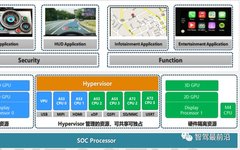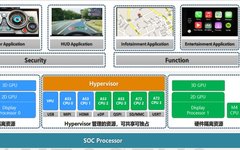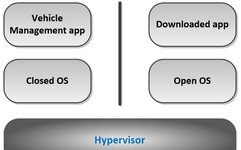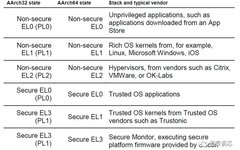In-Depth Analysis of Hypervisor Technology for Smart Cars
With the development of ICT technology, a single SOC’s computing power can undertake more services. The expansion of network bandwidth and features such as low latency and differentiated services make business deployment and function allocation more flexible. For example: perception, fusion, planning, control, and execution can be decoupled. The electronic and electrical architecture transitions from … Read more



